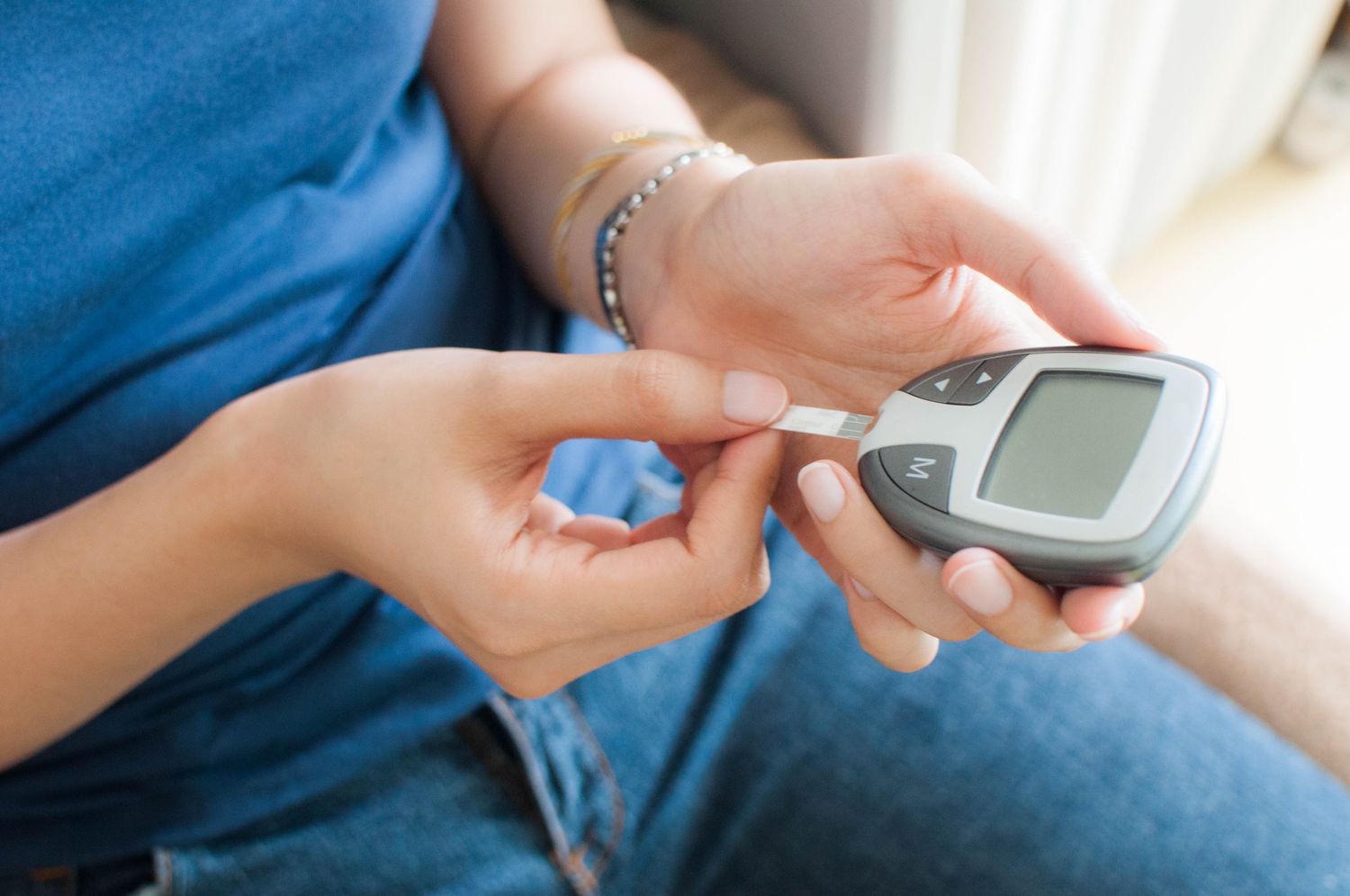
Understanding Diabetes Type 1: Causes, Symptoms, and Management
Introduction
Diabetes Type 1, often referred to as juvenile diabetes or insulin-dependent diabetes, is a chronic condition that affects millions of people worldwide. It is characterized by the body’s inability to produce insulin, a hormone necessary for regulating blood sugar levels. This article aims to shed light on the causes, symptoms, and management of Diabetes Type 1, providing valuable insights into this prevalent condition.
- Causes of Diabetes Type 1
Diabetes Type 1 is an autoimmune disease, which means that the body’s immune system mistakenly attacks and destroys the insulin-producing beta cells in the pancreas. Although the exact cause of this autoimmune response remains unknown, genetic and environmental factors are believed to play a significant role.
Genetics: People with a family history of Diabetes Type 1 are at a higher risk of developing the condition. Specific genes associated with autoimmune disorders may also increase susceptibility.
Environmental Triggers: Certain environmental factors, such as viral infections or exposure to toxins, might trigger the autoimmune response in individuals with a genetic predisposition.
- Symptoms of Diabetes Type 1
The onset of Diabetes Type 1 can be sudden and severe, and it often occurs during childhood or adolescence. Common symptoms include:
- Frequent Urination: Excess glucose in the bloodstream spills into the urine, leading to increased frequency of urination.
- Excessive Thirst (Polydipsia): Frequent urination can cause dehydration, leading to an unquenchable thirst.
- Unintended Weight Loss: In the absence of insulin, the body starts breaking down fat and muscle for energy, resulting in weight loss despite increased appetite.
- Extreme Hunger (Polyphagia): Due to the inability of cells to use glucose for energy, the body craves more food.
- Fatigue and Weakness: The lack of glucose utilization leaves the body tired and fatigued.
- Blurred Vision: High blood sugar levels can affect the lenses of the eyes, causing temporary vision problems.
- Irritability: Fluctuating blood sugar levels can impact mood and lead to irritability.
- Diagnosing Diabetes Type 1
If Diabetes Type 1 is suspected based on symptoms, a healthcare professional will conduct several tests to confirm the diagnosis:
- Blood Glucose Test: A simple blood test measures the level of glucose in the bloodstream. Fasting blood sugar and random blood sugar tests are commonly used.
- Glycated Hemoglobin (HbA1c) Test: This test provides an average blood sugar level over the past few months, giving a clearer picture of the individual’s glucose control.
- Autoantibody Testing: Blood tests can detect the presence of autoantibodies associated with Diabetes Type 1, confirming the autoimmune nature of the disease.
- Management of Diabetes Type 1
Diabetes Type 1 is a lifelong condition, and its management revolves around insulin therapy, blood sugar monitoring, a balanced diet, and regular physical activity:
- Insulin Therapy: Since the body cannot produce insulin on its own, people with Diabetes Type 1 must take insulin through injections or an insulin pump. The dosage is carefully adjusted to maintain stable blood sugar levels.
- Blood Sugar Monitoring: Regularly checking blood sugar levels helps individuals make informed decisions about insulin dosing, diet, and physical activity.
- Diet: A well-balanced diet that focuses on controlling carbohydrate intake is essential for managing blood sugar levels.
- Exercise: Regular physical activity can improve insulin sensitivity and help regulate blood sugar levels.
- Continuous Glucose Monitoring (CGM): CGM devices provide real-time data on blood sugar levels, offering valuable insights for better management.
Conclusion
Diabetes Type 1 is a complex condition that requires lifelong management. Understanding its causes, recognizing its symptoms, and implementing effective management strategies are crucial for those affected. With ongoing research and advances in medical technology, the future holds promise for improved treatments and potential cures. Until then, early diagnosis, personalized care, and a proactive approach to managing Diabetes Type 1 can significantly enhance the quality of life for those living with the condition.
Tag:WordPress

